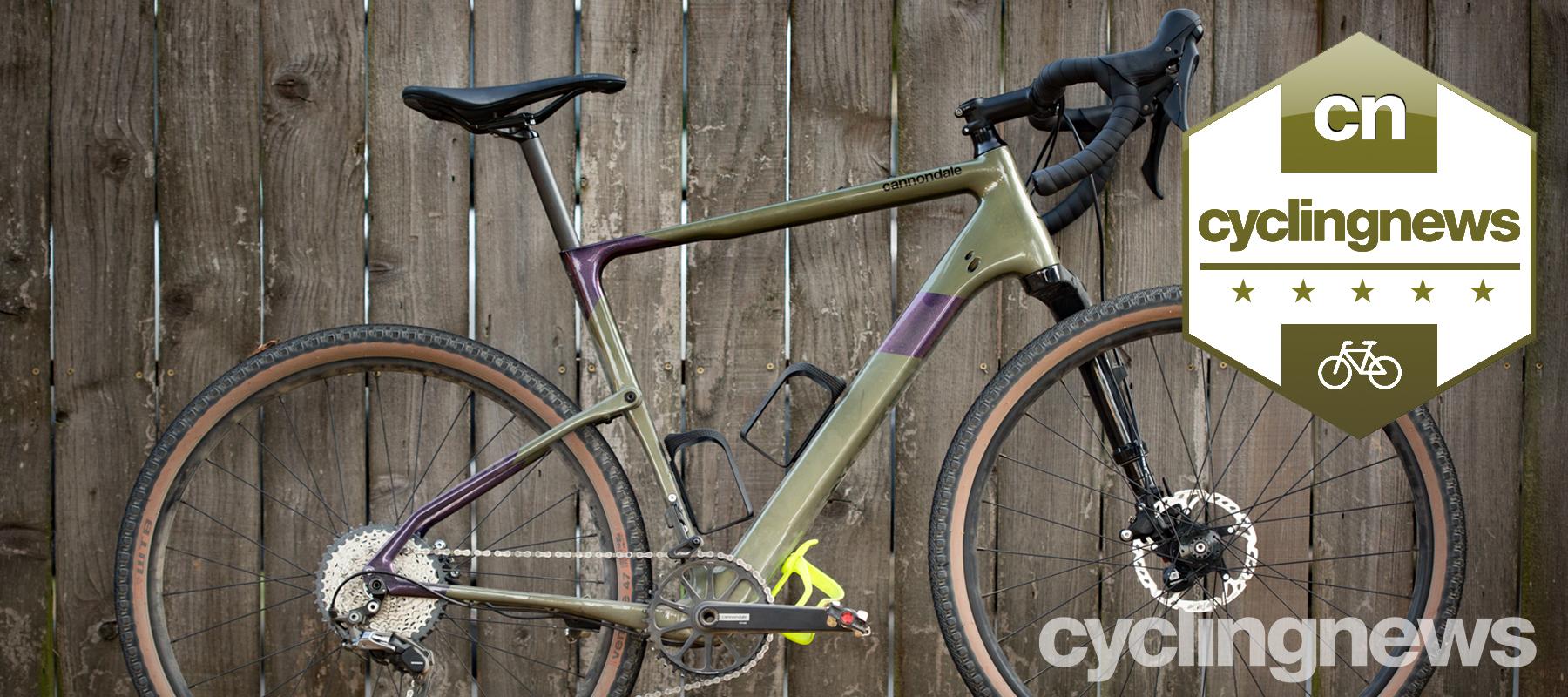Cyclingnews Verdict
While the previous Slate was confused in it's purpose, Cannondale has refocused making Topstone Carbon Lefty 3 a fast and aggressive gravel racer
Pros
- +
Lots of tyre clearance
- +
Front suspension is easily locked out
- +
Adaptable for different uses
Cons
- -
No mounts on the fork
- -
Mudguards aren’t available
You can trust Cyclingnews
In 2015 when Cannondale released the Slate with a Lefty Oliver fork it was like nothing else on the market. Reviews at the time said it was fun but also spent a lot of time trying to figure out what it was intended for. The front suspension coupled with road-focused gearing and slick, fragile, tyres was a strange pairing. Combined with a high price and an aluminium frame it never became a sales success.
Even though it was never a runaway bestseller, the Cannondale Slate was the bike that, arguably, changed the landscape of what today's best gravel bikes look like. In 2016 Ted King, fresh off his world tour retirement, employed a Cannondale Slate to win the Dirty Kanza. Spending 100 miles off the front of the pack it was a decisive victory which cemented both King and the Cannondale Slate into gravel cycling folklore.
When Cannondale first released the Topstone it was somewhat of a sad event for me. The daring design of the Slate quietly disappeared and in its place was an anonymous appearance - I could tell it made business sense but it wasn't exciting. As the Topstone was further refined it brought it to parity in the marketplace. It became a genuine contender again, but I still lamented the audacity of the Slate. This year Cannondale has brought things full circle. All of the modern gravel details that made their way into the Topstone are now available with an updated Lefty Oliver fork.
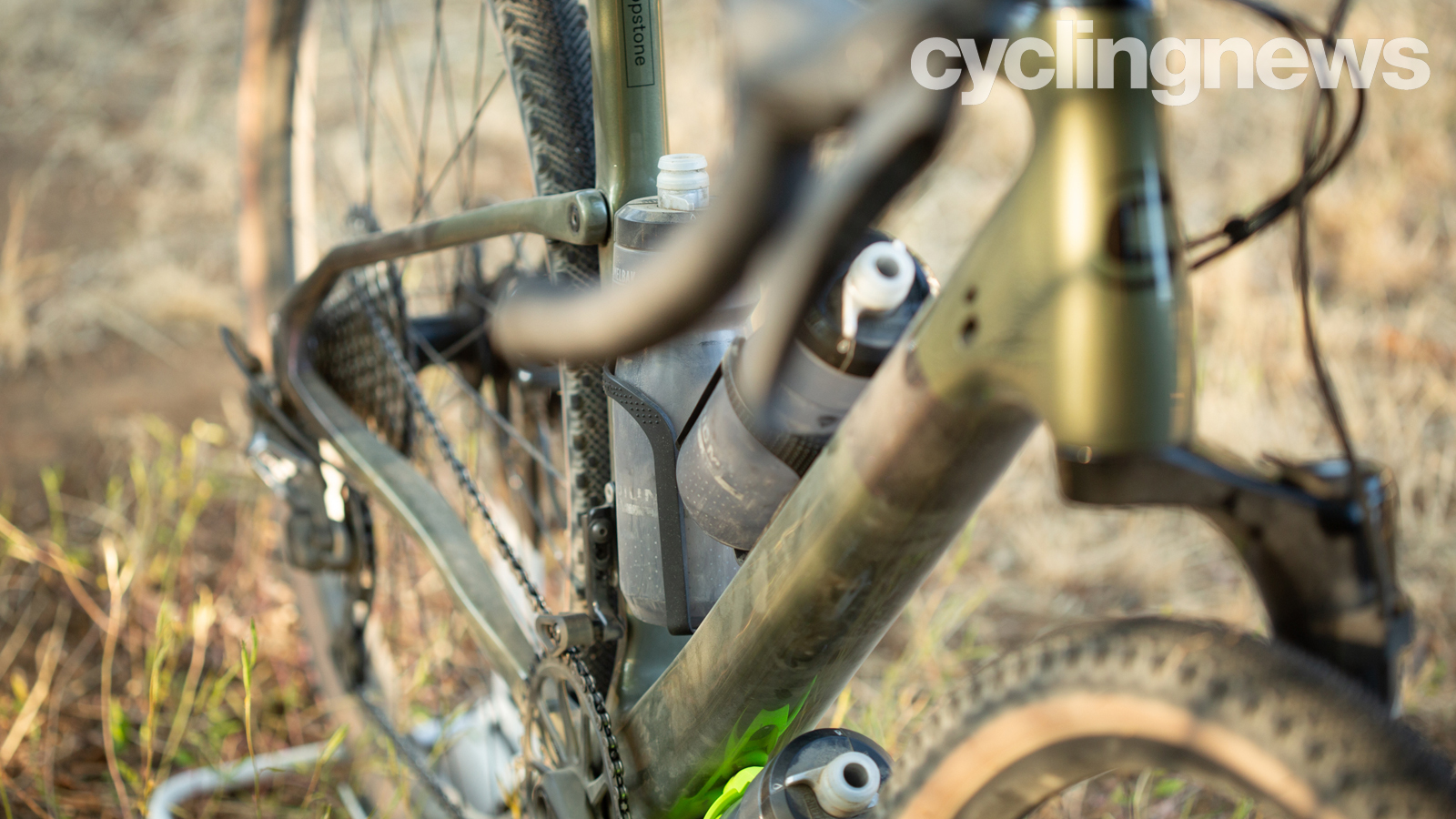
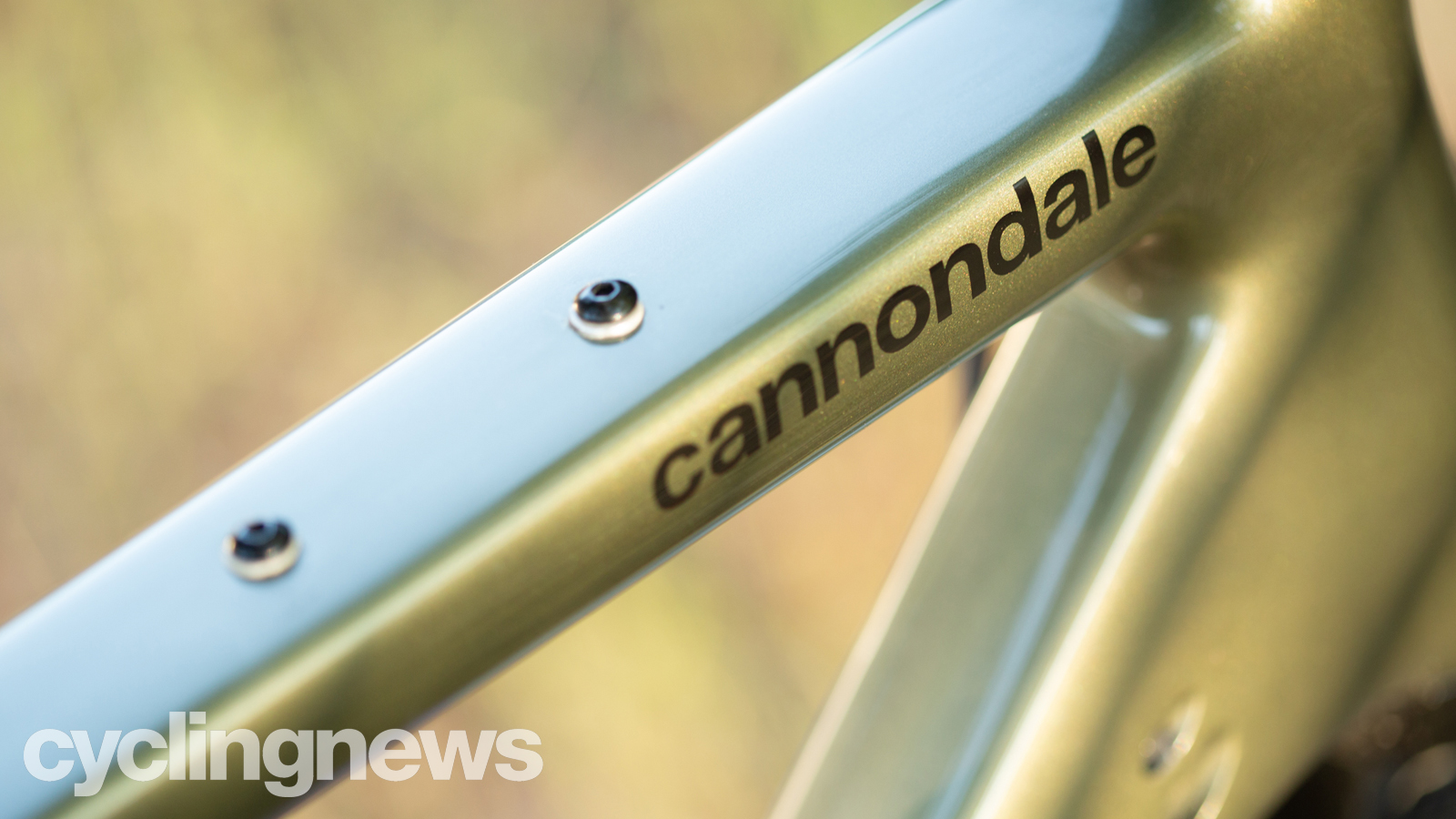
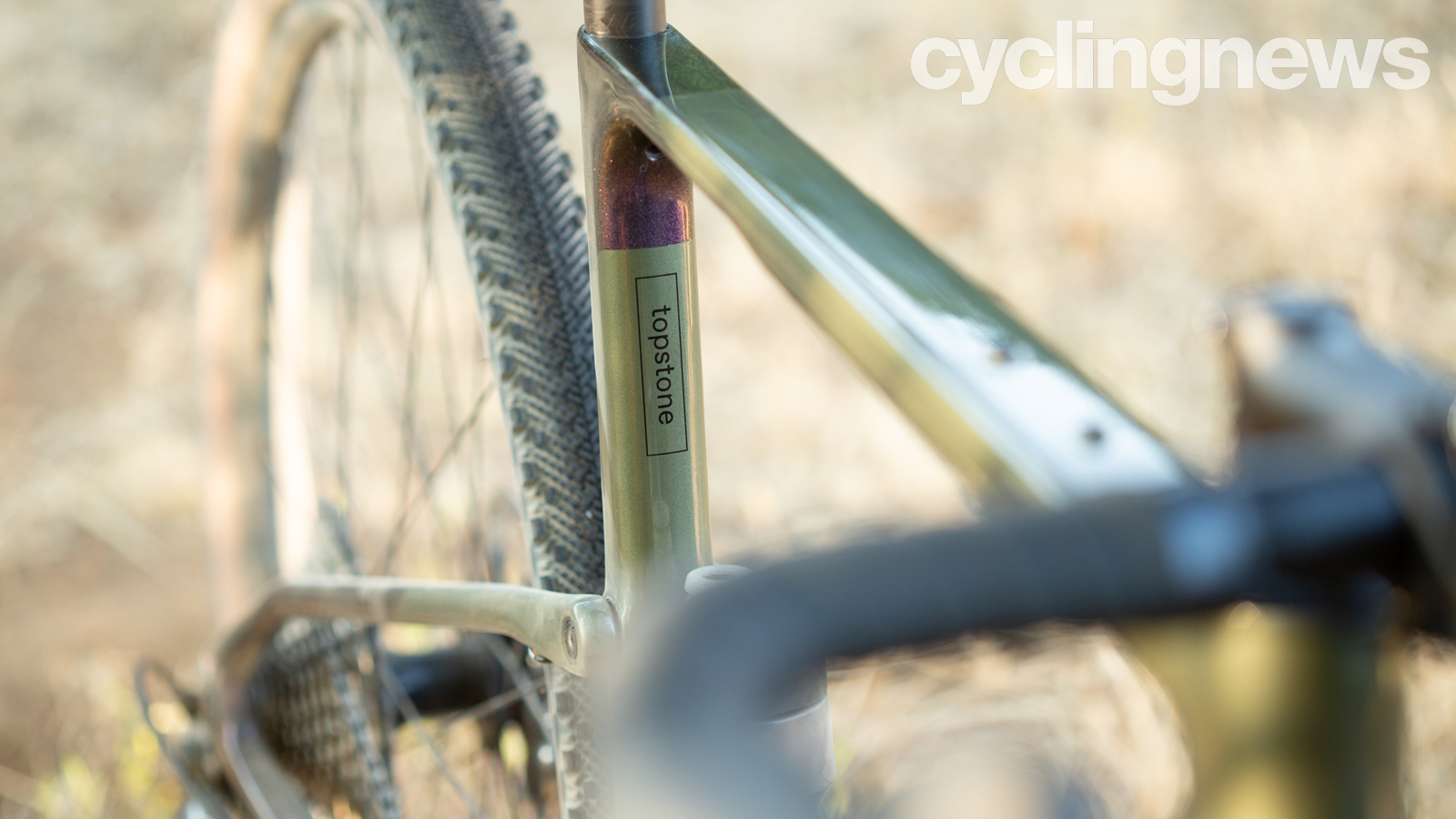
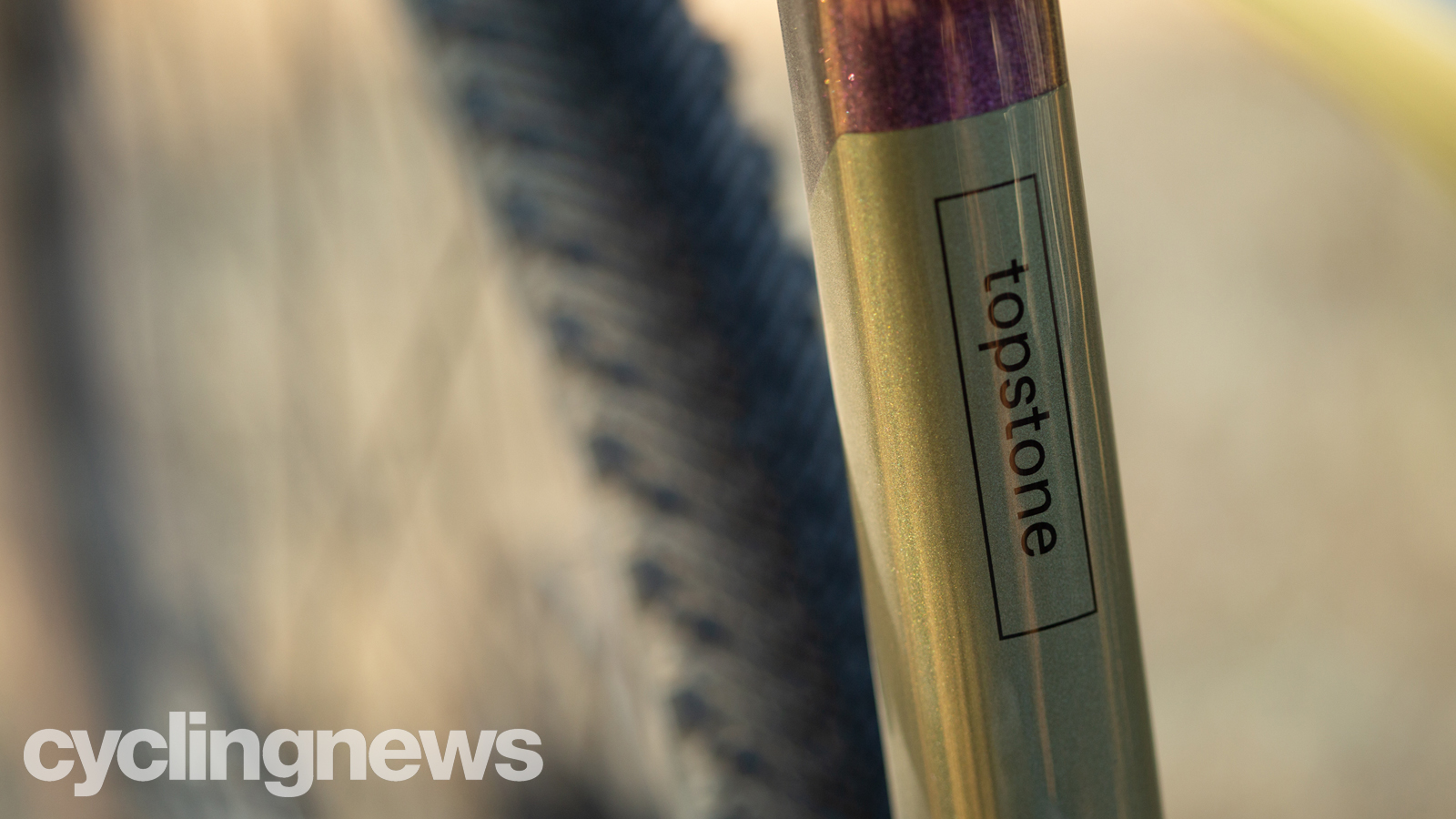
Design and aesthetics
The short wheelbase Cannondale employs makes for a bike that feels agile and aggressive. Stack, reach, and wheelbase are virtually identical to the Cannondale Synapse endurance road bike. To make room for tyre clearance and the drivetrain at the bottom bracket Cannondale uses Asymmetric Integration technology.
Asymmetric Integration moves the drivetrain 6mm to the right. To keep a good chain line the rear wheel also needs adjusting. Cannondale is quick to point out that none of this design requires proprietary parts. Moving the hub to where it's more centrally located compared to the rim only requires a re-dish of a traditional wheel. This has the side effect of more equal spoke lengths making a stronger wheel.
When it comes to the standout technology the Lefty Oliver front fork and the Kingpin rear suspension are top of the pile. The Lefty Oliver is a gravel-specific air suspension fork. There's no sag and it's designed to activate only in response to road surfaces.
At the rear Cannondale has opted to use a full-frame leaf spring system that provides up to 30mm of movement at the saddle.


- Best budget gravel bikes: Gravel grinding on a budget
Components and build
This particular Topstone is the cheapest offered with a Lefty fork. At this build level, the Lefty fork is the heavier, aluminium-bodied version not separately available for sale. Move up the range and you'd find a carbon Lefty fork and an electronic SRAM groupset. The model below the Lefty 3 utilises a rigid fork.
The drivetrain is a 1x system made up of a mix of Shimano GRX components - a Cannondale 1 crankset with 40T ring works up front while an 11-42T cassette provides plenty of range. To get an 11-speed rear derailleur requires an RX800, at the Ultegra level, and that's what you'll find here. The brakes are hydraulic in application and use 160mm rotors front and rear. The shifters are 105-level GRX600 components.
Handlebars and stem are aluminium Cannondale 2 spec with a 16-degree flare and covered with Fabric brand bar tape. Atop the Cannondale 2 level aluminium seatpost is a Fabric Scoop Shallow Elite with cro-mo rails.
The rims are WTB i23s which comes stock shod in WTB Venture and WTB Byway rubber. My test bike, however, came fitted with tubeless-ready 650b x 47mm WTB Venture both front and rear.
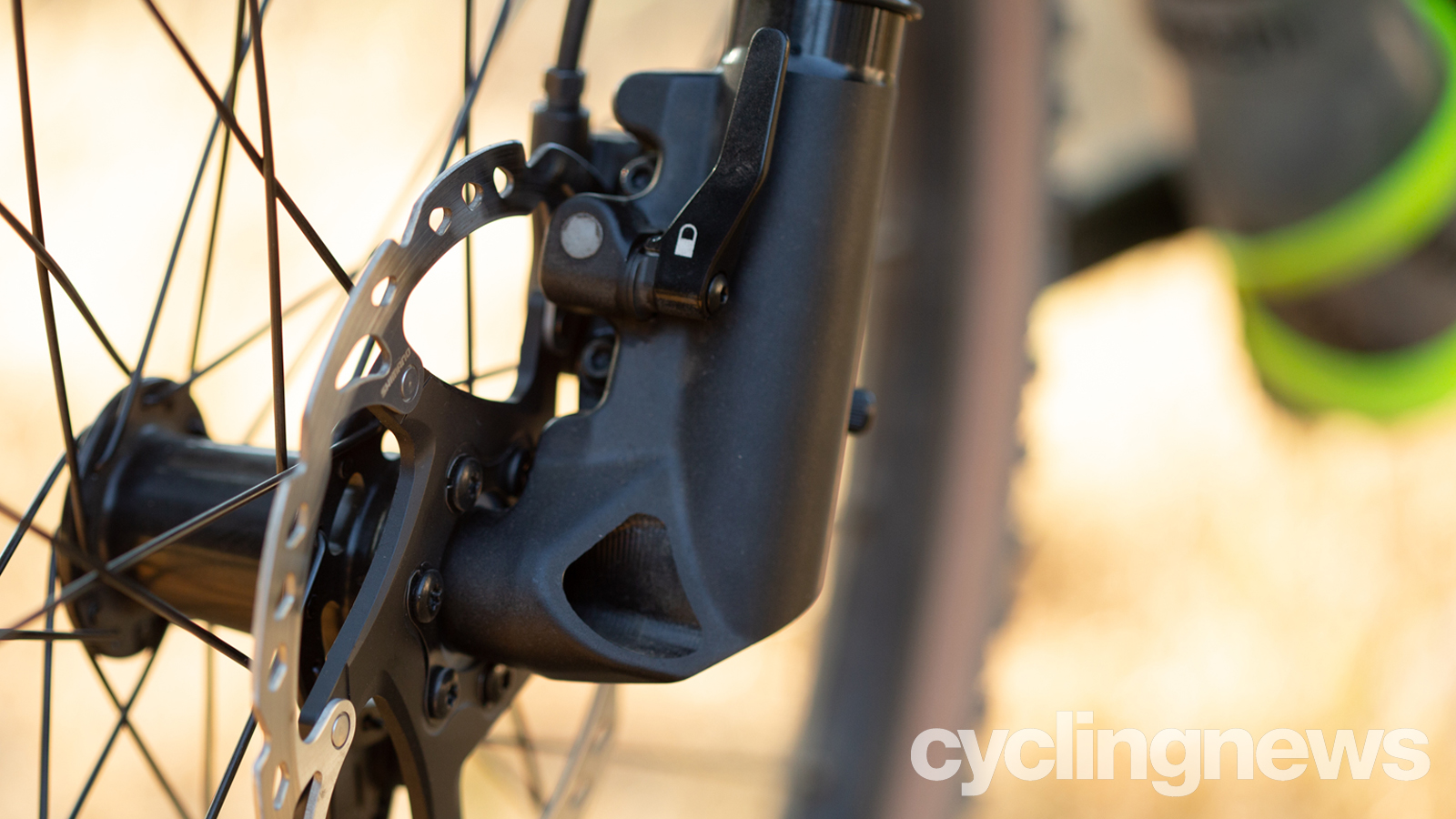
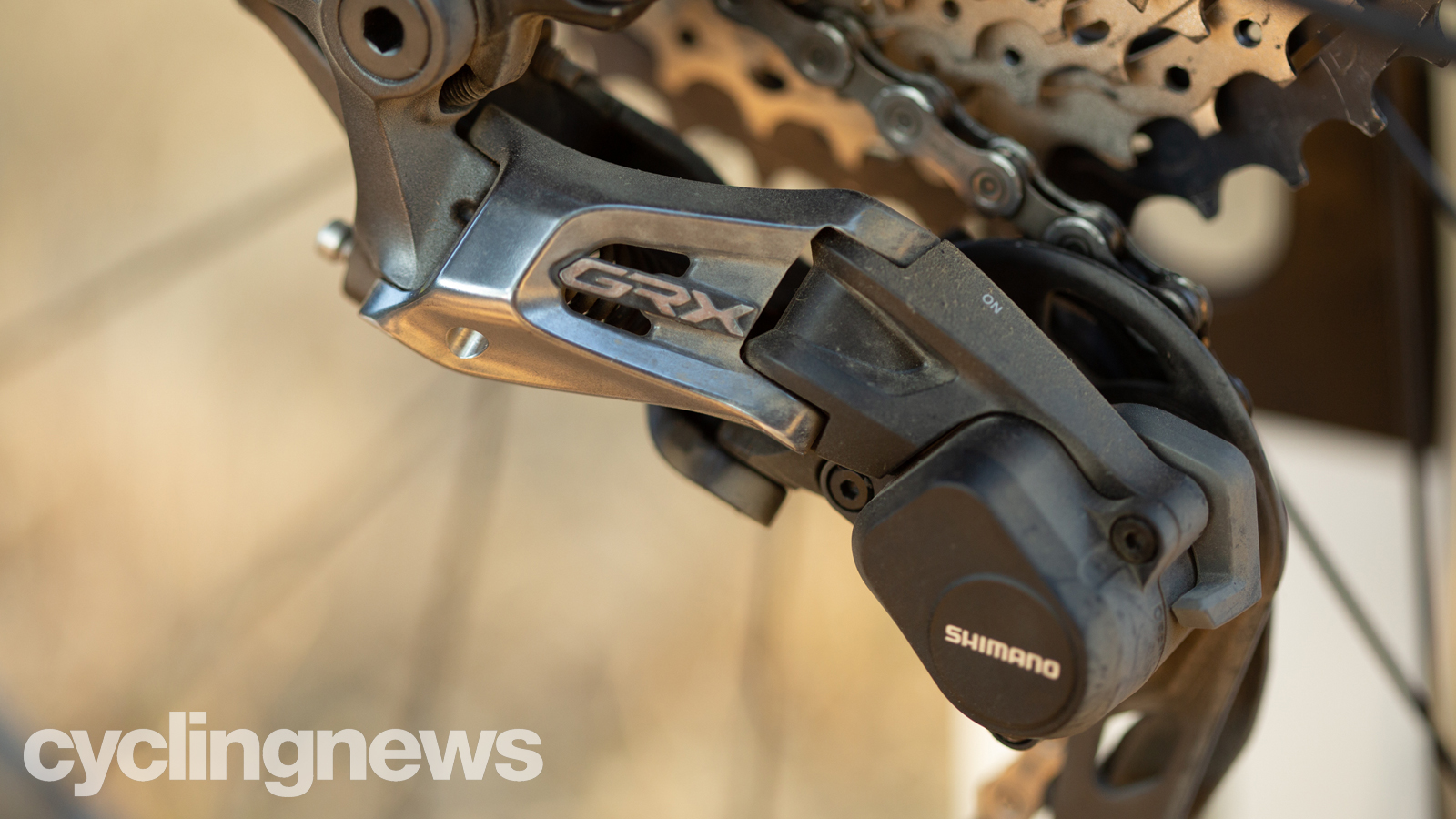
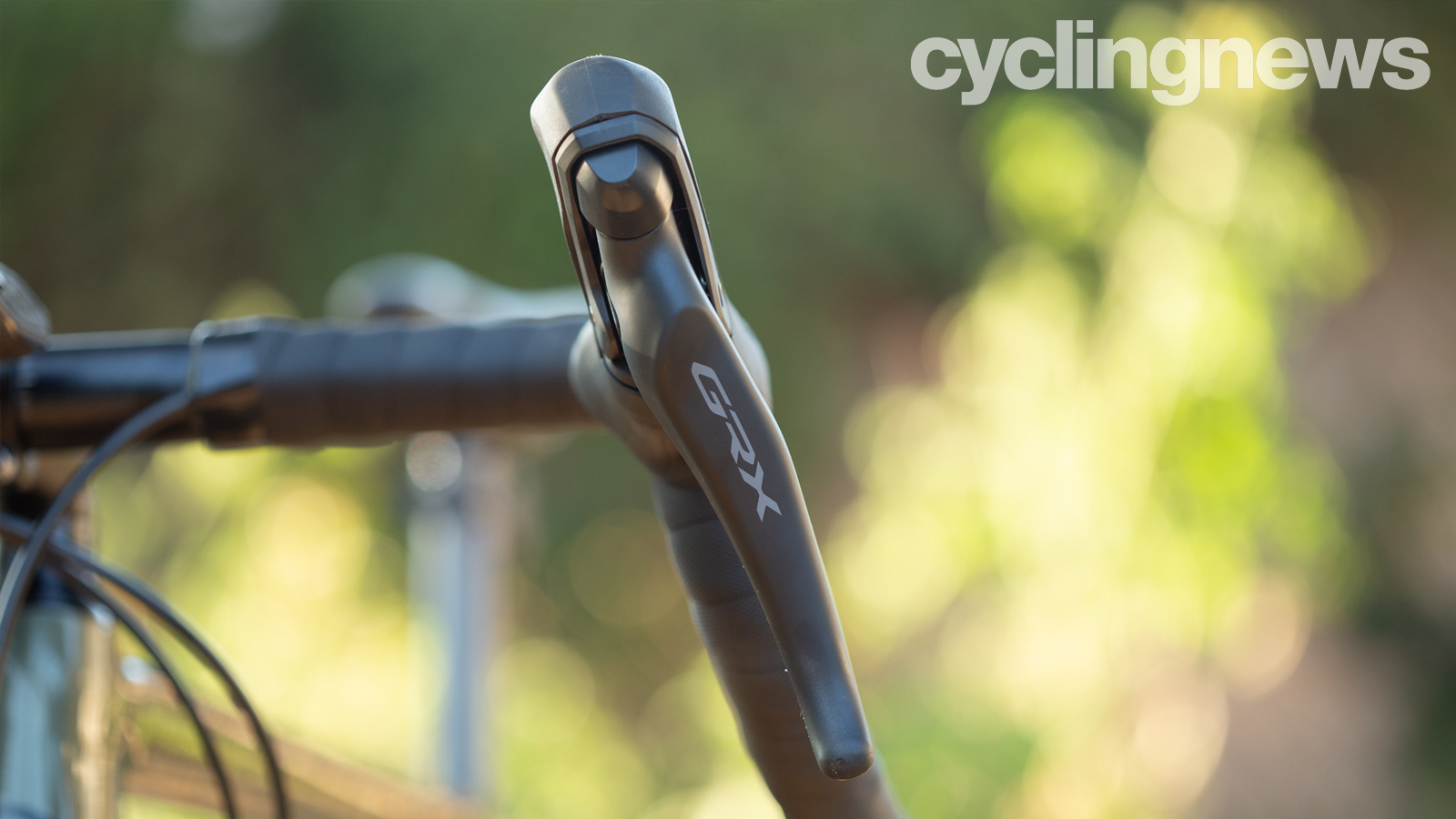
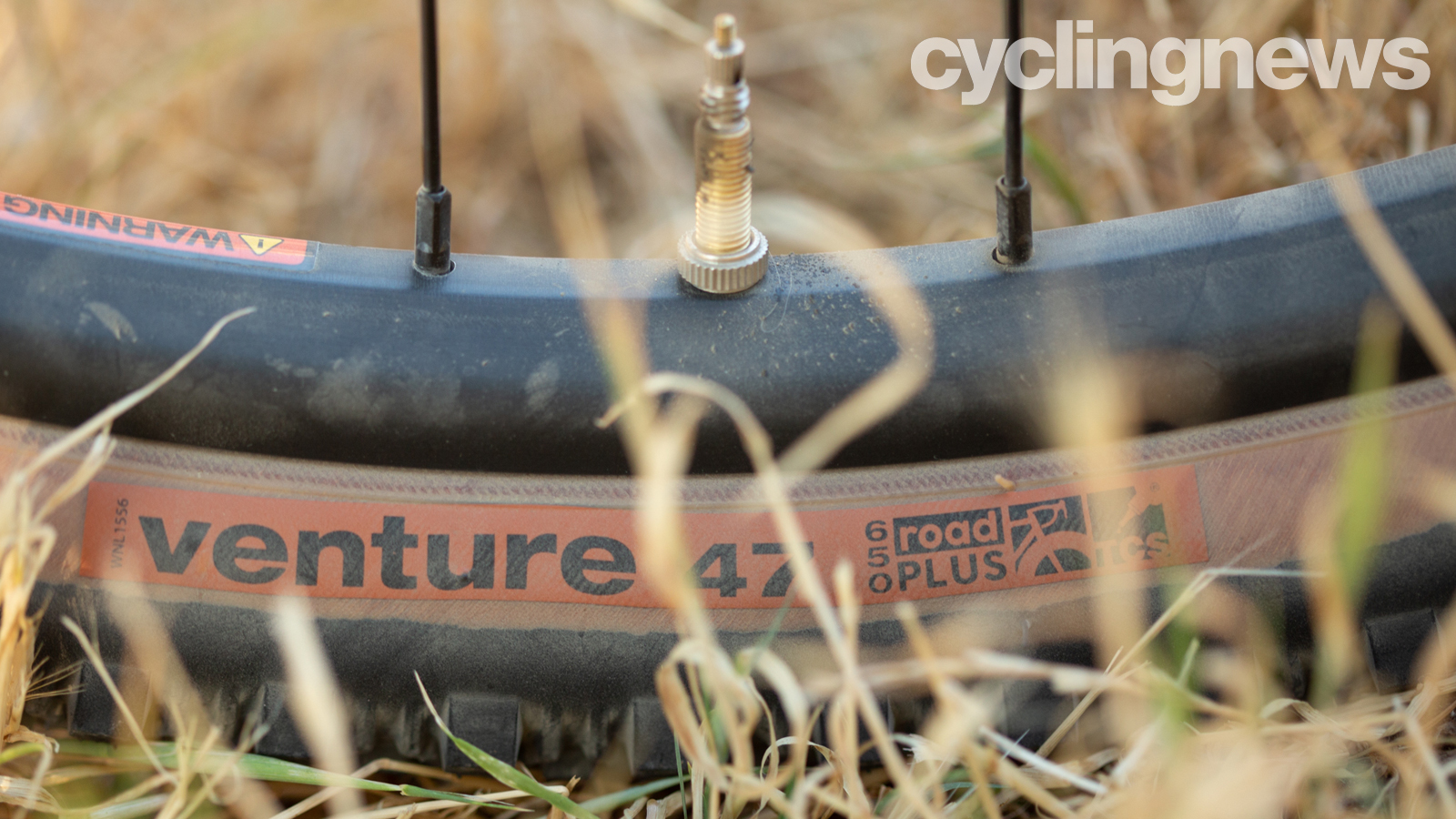
- Best gravel bike wheels: Our pick of the best gravel wheels for racing and adventure riding
- Best gravel tyres: from dusty to dirty, here's our pick of the best tyres for your gravel bike
Ride and handling
Once you reach the gravel, the bike really comes alive. The same 47mm wide tyres that sap a bit of energy on the road feel planted and reassuring off it. Descending over gravel and washboards gives the suspension a moment to shine, the 30mm of travel at the front makes it easy to keep your hands in contact with the brakes, while out back the kingpin system doesn't operate quite as full-suspension would but it keeps the rear tyre from chattering and losing grip.
On the road, it's not the kind of bike I'd describe as begging to attack. Instead, it's more of a willing partner, it comes along for the ride and does what it's asked to without complaint. It's aggressive enough that if you want to get low and try to ride off the front it's right there with you, but it's also stable enough that I have no problem resting my forearms on the tops of the bar for a quasi-time trial position. The only time it feels like I'm asking too much of the bike is on long climbs where the weight and 47mm tyres sap a bit of energy.
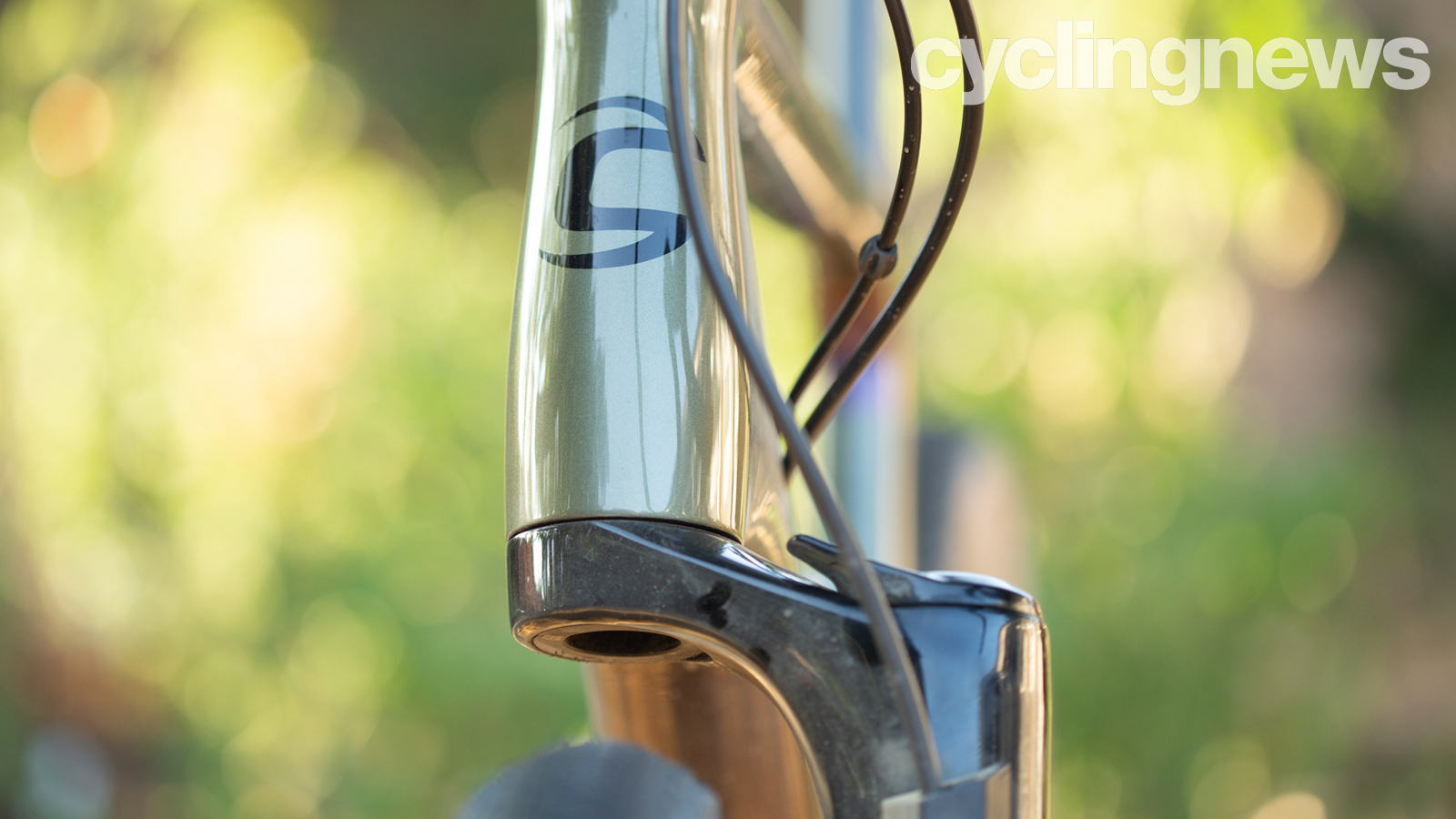
Verdict
I've owned a Cannondale Slate for the past few years. Hopping on the Topstone Lefty 3 is a very similar experience, but the big difference is refinement. Everything that needed addressing on the Slate has received attention on the Topstone - it's a winning formula.
The Lefty makes people think it's a mountain bike and it's definitely not. The geometry is that of an endurance road bike and technical singletrack will leave you feeling under biked. It is possible to do it though, and its compatibility with a dropper post only enhances that possibility.
In the same way that the Lefty makes the Topstone look like a mountain bike, it also makes it look unsuitable as a road bike. This is also a misconception, and the Topstone works surprisingly well on the road. The updated Lefty Oliver is easy to lock out when needed offering very little in the way of bob when climbing. The 47mm tyres aren’t great on the road, but that's an easy fix.
The Topstone Lefty is most comfortable when used as a gravel race bike. There are three water bottle mounts and a top tube mount to get you from feed zone to feed zone. The suspension really does keep you fresh over a long day of riding hard across rocks and washboards. It's an aggressive race bike designed for racing and riding hard on unpaved roads.
Tech spec: Cannondale Topstone Lefty 3
- RRP: £3,399.99 / €3,799.00 / $3,750.00
- Frame: Cannondale Topstone Lefty 3
- Groupset: Shimano GRX 800 Wide
- Crankset: Cannondale 1, BB30a, OPI SpideRing, 40T
- Wheels: WTB ST i23 TCS, 28h, tubeless ready, Formula hubs
- Tyres: WTB Venture TCS Light, 650 x 47c (front), WTB Byway TCS Light, 650 x 47c (rear)
- Brakes: Shimano GRX 400 hydraulic disc, 160/160mm RT76 rotors
- Bar/stem: Cannondale 3, butted 6061 alloy, 16 deg flare drop/Cannondale 2, 6061 Alloy, 31.8, 7-degrees
- Seatpost: Cannondale 2, UD Carbon, 27.2 x 350mm
- Saddle: Fabric Scoop Shallow Elite
Josh hails from the Pacific Northwest of the United States but would prefer riding through the desert than the rain. He will happily talk for hours about the minutiae of cycling tech but also has an understanding that most people just want things to work. He is a road cyclist at heart and doesn't care much if those roads are paved, dirt, or digital. Although he rarely races, if you ask him to ride from sunrise to sunset the answer will be yes. Height: 5'9" Weight: 140 lb. Rides: Salsa Warbird, Cannondale CAAD9, Enve Melee, Look 795 Blade RS, Priority Continuum Onyx
